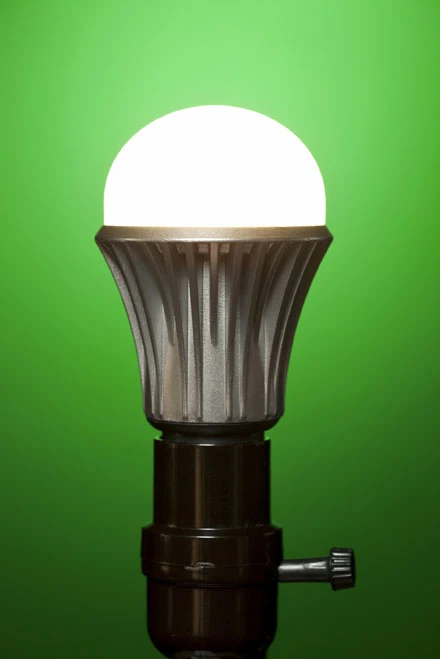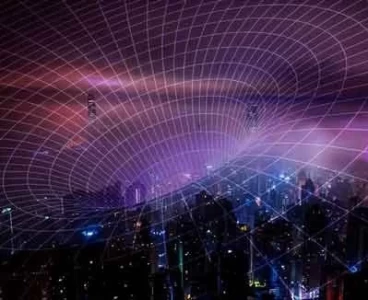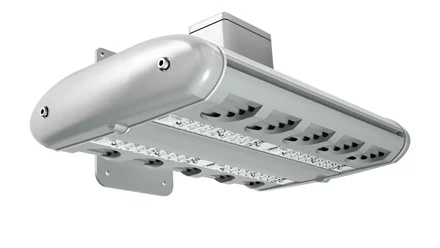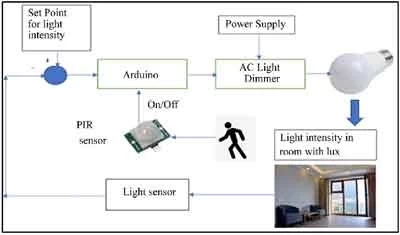Energy Efficient Lighting Programs

Evaluating today’s certification programs
BY JACKI SWIERNIK, Intertek
The Energy Policy and Conservation Act of 1975 and its subsequent amendments established minimum efficiency standards for lighting products.
These minimum efficiency standards, as well as recently-proposed penalties (including product holds, recalls, and fines) that the U.S. Department of Energy (DOE), the U.S. Customs and Border Protection (CBP) and the U.S. Federal Trade Commission (FTC) have threatened to incur in the event of a manufacturer’s non-compliance (as publicized in the DOE’s Notice of Proposed Rulemaking, issued on March 26th, 2012) were discussed at length in Intertek’s August 2012 white paper entitled, “Understanding the DOE Announcement of Compliance and Enforcement: The Definitive Q&A Guide for Lighting Products”.
While the DOE’s mandatory energy efficiency standards and recently-heightened surveillance efforts are designed to ensure manufacturers’ compliance with minimum energy efficiency requirements, they do not account for all of the “green” lighting certification programs and initiatives active in the Canadian and U.S. markets today.
A number of other voluntary initiatives—including the U.S. Environmental Protection Agency’s ENERGY STAR lighting certification program, the Lighting Facts labeling and packaging standard, and energy-efficient lighting initiatives by such organizations as DesignLights Consortium (DLC), the California Energy Commission (CEC), National Resources Canada (NRCan), and the Municipal Solid-State Street Lighting Consortium (MSSL)—are enabling energy-saving lighting products to meet additional and targeted sets of efficiency standards.
Products that comply with these standards can qualify for use in high-efficiency applications and cutting-edge and showcase upgrade projects, as well as become eligible for rebate in a number of leading utility incentive programs throughout the country.
Overall, compliance with these voluntary energy efficient lighting programs can be a significant source of differentiation, revenue, leadership, promotion and pride for lighting manufacturers today and a compelling reason for them to invest time and resources into the pursuit and achievement of these voluntary performance measures.
While these voluntary programs have different objectives and requirements, all involve precise measurement and unique submission requirements to assure compliance with their requirements by a skilled and accredited third-party tester.









